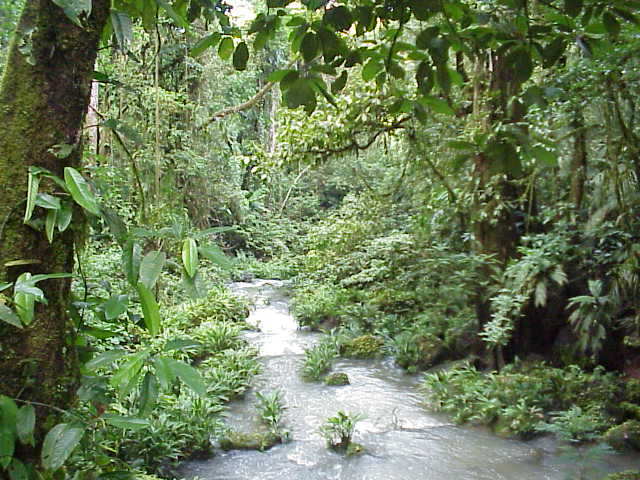First, the good news: The world’s tropical forests are being better managed today than five years ago. That’s according to a report by the International Tropical Timber Organisation (ITTO), a pro-sustainable use group whose 60 member countries account for 90 percent of the global timber trade.
The “Status of Tropical Forest Management 2011” report analysed data from 33 important forest countries, including three key players in tropical forest exploitation, Brazil, the Democratic Republic of Congo and Indonesia.
“The top line is that the area under sustainable forest management has gone up from 36 to 53 million hectares in five years,” Duncan Poore, one of the report’s authors, told the BBC. “That’s a substantial improvement, but there’s still a long way to go.” Countries that have taken big steps in protecting their forests include Bolivia, Cameroon, Congo, Gabon, Peru and Venezuela says the ITTO.

Now, the bad news: Satellite images recently revealed a worrying acceleration in deforestation in Brazil. And the ITTO report states that pressures leading to forest clearance are continuing to rise, with the growth of the world’s population, increasing use of wood and rising demand for land on which to settle and grow food.
However, there is hope on the horizon as the hope now is that rich countries may soon start funding poorer ones to protect forests in the interests of absorbing carbon dioxide, curbing climate change and preserving the planet’s natural heritage. New7Wonders is proud of the fact that the tropical forests of the Amazon, the Sundarbans and El Yunque are among the 28 Official Finalists in the New7Wonders of Nature.

